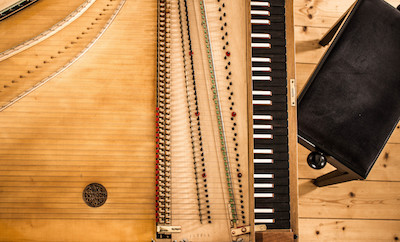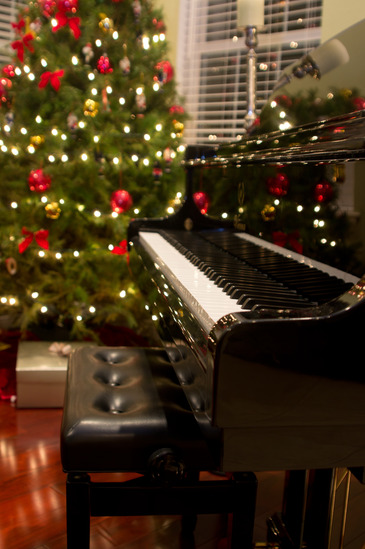When you start playing the piano for the first time, lessons are important. A good instructor will help you understand all aspects of making music, from learning the notes to discovering rhythms.
But as you continue, you’ll quickly discover something else that is equally as important: piano posture and ergonomics.
If you practice 30 to 60 minutes per day, you may not feel the effects of sitting incorrectly … right away. But as you progress, especially if your goal is to become very good at the piano, sitting incorrectly can impact everything from the way you feel to the way you play. 
It’s common for professionals to play 5 hours or more a day.
And once injuries and bad habits set in, it can be difficult to correct the problem down the road.
This is where comfortable, height-adjustable piano benches help.
In general, you will find piano benches come in three levels:
1. Adjustable and foldable – they are inexpensive and allow you to set up and play comfortably anywhere you choose.
2. Portable but sturdier – these are often used with professional arranger or on stage.
3. Static – benches designed for in home use, to be kept with the piano. These are your bulkiest, yet most elegant piano benches on the market.
And in most cases, you’ll find the most popular styles to be:
- Adjustable piano bench
- Duet or double piano bench
- Bench with storage
- Piano stool
- Keyboard throne
When evaluating any piano bench, be sure to evaluate the quality of the seat and the build of the overall product. Height and structure are important depending on the player. For younger students, be sure to get adjustable height for when they grow.
They are available in many colors and styles. You can find them made from fabric to leather and everything in between. You can find them with storage options and without.
Ultimately, it depends on your personality and your needs.
What do you prefer in a piano bench?






 A piano bench is vital for proper form. We are all aware of the discussions revolving ergonomic work stations for computer usage. Studies show if you frequently use a computer without the proper support you could suffer physically. The same is true with a piano bench. A bench (situated properly) will provide the proper alignment of core, arms, hands and piano for the most ergonomic playing position.
A piano bench is vital for proper form. We are all aware of the discussions revolving ergonomic work stations for computer usage. Studies show if you frequently use a computer without the proper support you could suffer physically. The same is true with a piano bench. A bench (situated properly) will provide the proper alignment of core, arms, hands and piano for the most ergonomic playing position.
